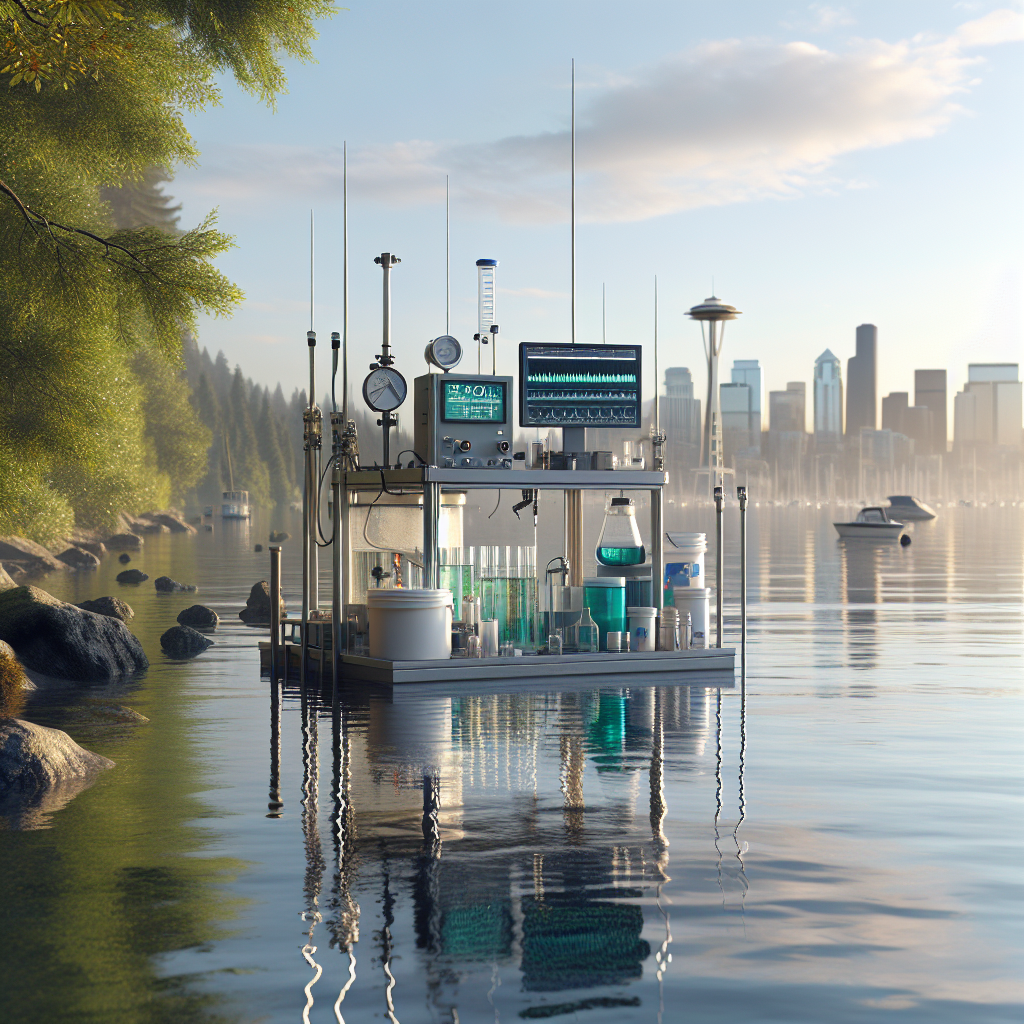Seattle’s Lakes Under the Lens: Navigating Rising Temperatures and Water Quality

Seattle's Lakes Under the Lens: Navigating Rising Temperatures and Water Quality
Seattle's lakes are cherished jewels of the Pacific Northwest, offering recreational opportunities and scenic beauty. However, these water bodies are currently facing significant environmental challenges, particularly concerning rising water temperatures and fluctuating water quality. Let’s dive into recent findings and what they mean for the lakes and their users.
Rising Water Temperature: A Closer Look
In recent years, Seattle's lakes have been experiencing higher water temperatures, a trend reflective of broader climate change patterns. For instance, surface temperatures in Lake Washington have been on the rise over the past decade, with seasonal variations from approximately 6°C (43°F) in winter to about 23°C (73°F) in summer, according to King County Environmental Services.
Similarly, Lake Sammamish has shown comparable warming trends. The Washington State Department of Ecology notes that summer surface temperatures often exceed 22°C (72°F), raising concerns over potential algal blooms due to prolonged stratification.
Meanwhile, Lake Union experiences rapid warming during heatwaves, with surface temperatures soaring above 25°C (77°F) in peak summer months, as monitored by the University of Washington. These warming trends not only alter the ecological balance but also impact the recreational use of these lakes.
Navigating Water Quality Concerns
Water quality is another area of concern for Seattle's lakes. Lake Washington saw heightened phosphorus levels, a condition that can lead to eutrophication, impacting aquatic life. To combat this, King County Water Quality is focusing on controlling stormwater runoff.
Lake Sammamish faces issues with nutrient loading primarily from urban runoff, with efforts underway to establish buffer zones and improve stormwater management, as detailed by the Washington State Department of Ecology.
In Lake Union, periodic bacterial contamination following heavy rainfall can lead to temporary advisories against recreational use. Seattle Public Utilities monitors these conditions closely to ensure public safety.
Environmental and Recreational Impacts
The ongoing environmental changes driven by climate change and urbanization affect not only the lakes' ecosystems but also their recreational appeal. Rising temperatures and deteriorating water quality can lead to advisories against activities like swimming, boating, and fishing, particularly during summer months. Public awareness campaigns by King County Parks aim to educate residents and visitors on responsible recreation practices.
Staying Informed and Safe
For real-time updates on water conditions, residents and visitors can turn to the Seattle Lakes app, a handy tool for monitoring temperature and quality changes across Seattle’s lakes. This app provides invaluable data for planning safe and enjoyable lake outings.
Future Outlook and Scientific Insights
Addressing these challenges requires a concerted effort from local authorities and community members alike. A study from the University of Washington highlights the correlation between increased urbanization and declining water quality, urging integrated water management practices as a solution.
Conclusion
Seattle's lakes are more than just idyllic spots for relaxation; they are dynamic ecosystems undergoing significant environmental changes. Continuous monitoring and adaptive management are crucial for preserving their health and ensuring they remain safe for recreational use. For ongoing updates, the community is encouraged to engage with local government and research institutions.
By staying informed and proactive, we can all contribute to the sustainable enjoyment and preservation of Seattle's beautiful lakes.